
- Jul 31, 2019
What Kind of Learner are You?
It's all about style
One of the curious things about human nature is that we all learn in different ways. There is no right way or wrong way to learn, just different methods and styles that work in unique ways for each individual.
The key to better learning is to evaluate each learning process and consider which technique or combinations of techniques provide the most effective, efficient and enjoyable learning outcomes, whether we are teaching or studying.
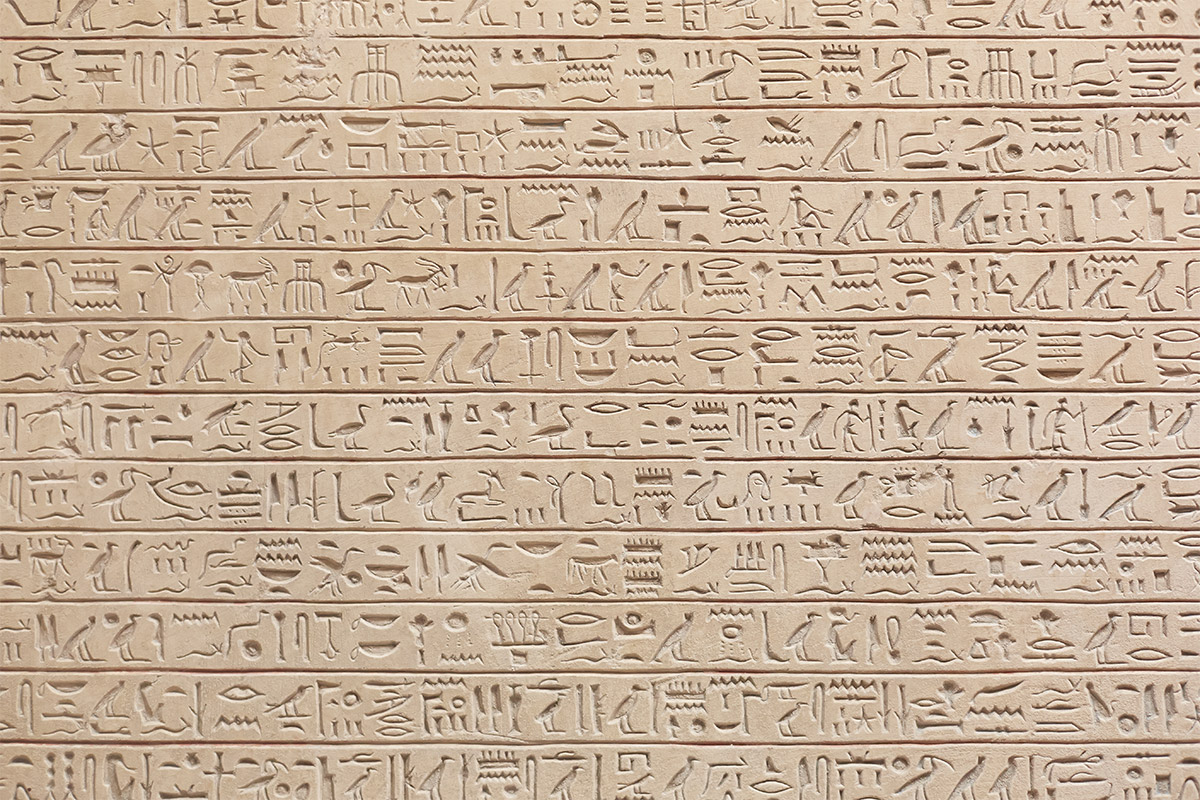
Ancient Writing
In the Ancient World, education became more conscious and self-reflective with the advent of writing around 3000 BC and mathematics about 1850 BC. The Mesopotamian cuneiform script (present-day Iraq, circa 3200 BC) can be traced furthest back into prehistory to an 8000 BC counting system using clay tokens on multiple shapes. Literally, words and symbols were put on clay tablets.
Symbolic communication systems are different to writing systems where something of the associated spoken language must usually be understood to comprehend the text. Writing allowed societies to transmit information and to share knowledge. This resulted in the emergence of specialized occupations such as 'the scribe and astronomer' who required particular skills and specific knowledge.
Writing on clay tablets led to the writing of books on parchment (sheepskins), papyrus (vegetable matter) and eventually printing on wood-pulp paper using carved woodblocks and inks. This lowered the cost of writing material and allowed for mass production of written knowledge and information in tandem with the invention of the printing press in China (circa 868 BC). Wood-pulp paper is still used today and coincided with an ever increasing human thirst for knowledge. Paper books or booklets can now be printed cost-effectively from electronically created documents.
Ancient Learning
Children in Ancient India were taught individually by the teacher and worked on their own assignments, rather than being taught as a whole class. This meant that pupils were able to work and learn at their own rate and level of ability.
The practice of philosophy in ancient Greece led to questions, discussions and debates regarding morals, ethics, politics, war, religion, democracy and also learning and educational methods.
In his literary work, The Republic, Plato described a system of instruction that he maintained would lead to an ideal state. Plato also outlined the Socratic Method in his writing; that is, a form of inquiry and debate intended to stimulate critical thinking and the illumination of ideas.
Ancient Roman educators sought and developed specific and interesting ways to engage and encourage learning and to develop intelligence in their young people. As in Ancient India, the Romans also taught children individually and not as a whole class.

Learner Characteristics
The concept of learner characteristics is used in the sciences of learning and cognition to designate a target group of learners and define those aspects of their ...self that may influence how and what they learn.
Learner characteristics can be personal, academic, social/emotional and/or cognitive in nature.
Personal characteristics often relate to demographic information such as age, gender, maturation, language, social economic status, cultural background, and specific needs of a learner group such as particular skills and disabilities for and/or impairments to learning.
Academic characteristics are more education and/or learning related such as learning goals (of an individual or a group), prior knowledge, educational type, and educational level.
Social/emotional characteristics relate to the group or to the individual with respect to the group. Examples of social/emotional characteristics are group structure, place of the individual within a group, sociability, self-image (also feelings of self-efficacy and agency), mood, et cetera.
Finally, cognitive characteristics relate to such things as attention span, memory, mental procedures, and intellectual skills which determine how the learner perceives, remembers, thinks, solves problems, organizes and represents information in her/his brain.
With respect to learner characteristics, there are often large differences between the characteristics of different learners and groups of learners such as children, students, professionals, adults, older people and disabled persons. These groups differ in their motivation, prior knowledge, expertise level, study time, and physical abilities.
Instructional designers must constantly deal with new and differing groups of learners and thus must make decisions as to what characteristics of the target group are most important when tailoring instruction.
(Hendrik Drachsler, Paul A. Kirschner. Learner Characteristics. Centre for Learning Sciences and Technologies - Open University of the Netherlands, 2011.)

The Visual, Auditory and Kinesthetic Learning Style Model
Learning strategies and styles are described in a range of ways. In the literature, whilst there are variations in the different learning style 'models', there are also many similarities.
One popular 'learning model' includes the following three learning styles:

1 Visual Learners
Visual learners think in pictures and detail and have vivid imaginations. When extensive listening is required, they may be quiet and become impatient.
They have greater immediate recall of words that are presented visually. Visual learners like to take notes. Relatively unaware of sounds, they can be distracted by visual disorder or movement. They solve problems deliberately, planning in advance and organizing their thoughts by writing them down. They like to read descriptions and narratives.
- Thoughts wander during lectures
- Observant but may miss some of what is said
- Well organized
- Like to read and show intense concentration while reading
- Remember better by seeing charts, diagrams, etc.
- Concentrate well
- Need to see directions; not hear them
- Good handwriting
- Good memory for faces but forget names
- Plan ahead
- Not really talkative
- Attention to details

Presenting to Visual Learners
Buying a hearing aid can be quite a process. There is quite a lot of information to grasp. The following page was designed for visual learners (the button too will appeal to visual learners - you may want to click it).
The Hearing Aid Purchase Process
2 Auditory Learners
Auditory learners talk about what to do, about the pros and cons of a situation. They indicate emotion through the tone, pitch, and volume of their voices. They enjoy listening but cannot wait to get a chance to talk. They tend toward long and repetitive descriptions.
They tend to remember names but forget faces and are easily distracted by sounds. They enjoy reading dialogue and plays and dislike lengthy narratives and descriptions. Auditory learners benefit from oral instruction, either from the teacher or from themselves. They prefer to hear or recite information and benefit from auditory repetition.
- Like to talk
- Talk to self
- Lose concentration easily
- Prefer spoken directions over written directions
- Enjoy music
- Read with whispering lip movements
- Remember names
- Sing
- Cannot concentrate when noisy
- Extroverted
- Like listening
- Prefer lecture and discussion
- Prefer verbal praise from teachers
3 Kinesthetic Learners
Kinesthetic learners try things out, touch, feel and manipulate objects. Body tension is a good indication of their emotions. They gesture when speaking, can be poor listeners, stand very close when speaking or listening, and quickly lose interest in long discourse.
They remember best what has been done, not what they have seen or talked about. They prefer direct involvement in what they are learning. They can be distractible and find it difficult to pay attention to auditory or visual presentations. Rarely an avid reader, they may fidget frequently while handling a book. Often poor spellers, they need to write down words to determine if they 'feel' right.
- Move around a lot
- Prefer not to sit still
- Move a lot while studying
- Like to participate in learning
- Like to do things rather than read about them
- Do not prefer reading
- Do not spell well
- Enjoy problem solving by doing
- Like to try new things
- Talk with hands or gestures
- Select clothes according to comfort
- Like to touch objects
Tactile Learners
Tactile and kinesthetic learning activities are often assumed to be the same thing as in the description of kinesthetic learners in the 'three learning styles model' above. However, there are subtle differences between kinesthetic learners who require movement to learn and tactile learners who require hands-on activities.
As an example, we can examine the similarities and differences between dancing (kinesthetic) and painting (tactile). Both require movement but painting requires the handling of objects (brushes, palette knives etc) and manipulation of liquids (paint) and its application to a two dimensional horizontal or vertical surface (paper or canvas), exploring colour, shape, ideas and emotions from visual and/or auditory stimuli. While dancing is more likely to be expressed as a physical bodily response to a stimulus (often music) mostly on a horizontal surface (floor or ground), exploring the relationship between the body, ideas and emotions in three dimensional space. 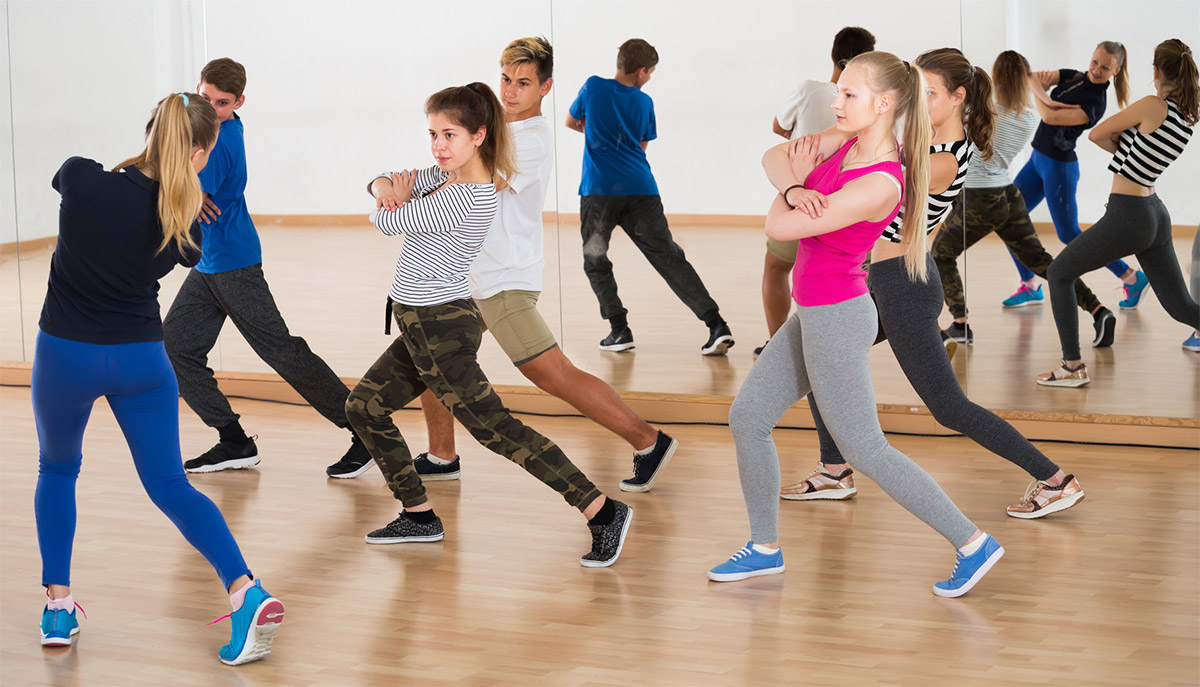
Young tactile learners function best when they are given projects involving the creation of mini-books, games, skits, constructing models, using art materials and building blocks and playing with manipulative, interactive mathematic activities.
'The Felder-Silverman' Learning Style Model
The Felder-Silverman Learning Model offers an even broader range of learning preferences and combinations of styles for consideration in the learning process.
These preferences were based on four areas of personality identified as contributing to learning. The model is based on '4 Dimensions' of learning styles and a combination of these styles makes up an individual's learning preferences.
| Continuum | Preference |
|---|---|
| Sensing - Intuitive | How you prefer to perceive or take in information |
| Visual - Verbal | How you prefer information to be presented |
| Active - Reflective | How you prefer to process information |
| Sequential - Intuitive | How you prefer to organise and progress toward understanding information |
Sensing learners
Concrete, practical, oriented towards facts and procedures.
Intuitive learners
Conceptual, innovative, oriented toward theories and meanings.
Visual learners
Prefer visual representations of presented material - pictures, diagrams, flow charts.
Verbal learners
Prefer written and spoken explanations.
Active learners
Learn by trying things out, working with others.
Reflective learners
Learn by thinking things through, working alone.
Sequential learners
Linear, orderly, learn in small incremental steps.
Global learners
Holistic, systems thinkers, learn in large leaps.
A 5th Dimension - Deductive and Inductive learners - was dropped from the model by Dr Felder in 2002.
Inductive learners
Prefer presentations that proceed from the specific to the general.
Deductive learners
Prefer presentations that go from the general to the specific.
The aim of providing these examples of learning preferences is to stimulate our thinking about different learning styles, it is not meant to infer that these 'models' are 'better' than any others.

Technological Learners
Perhaps the most recent learning style to emerge is technological learning in tandem with the rapid advancements in computing, information technology, electronic communications and digital sound and imaging systems.
Technological learners may be the ultimate all-round learners through their engagement with and use of a variety of the learning styles previously mentioned. Technological learners are characterised by:
- a desire to learn everything via the computer
- being mechanically oriented
- understanding technology tools without formal instruction
- an ability to read and comprehend technical manuals without intense training
- liking and using the video camera
- enjoying integrated learning activities
- spending excessive time on computer and/or video games
- knowing how to work with and use hardware and software
- interacting and communicating with others via e-mail and/or Internet
- understanding how to integrate various technologies
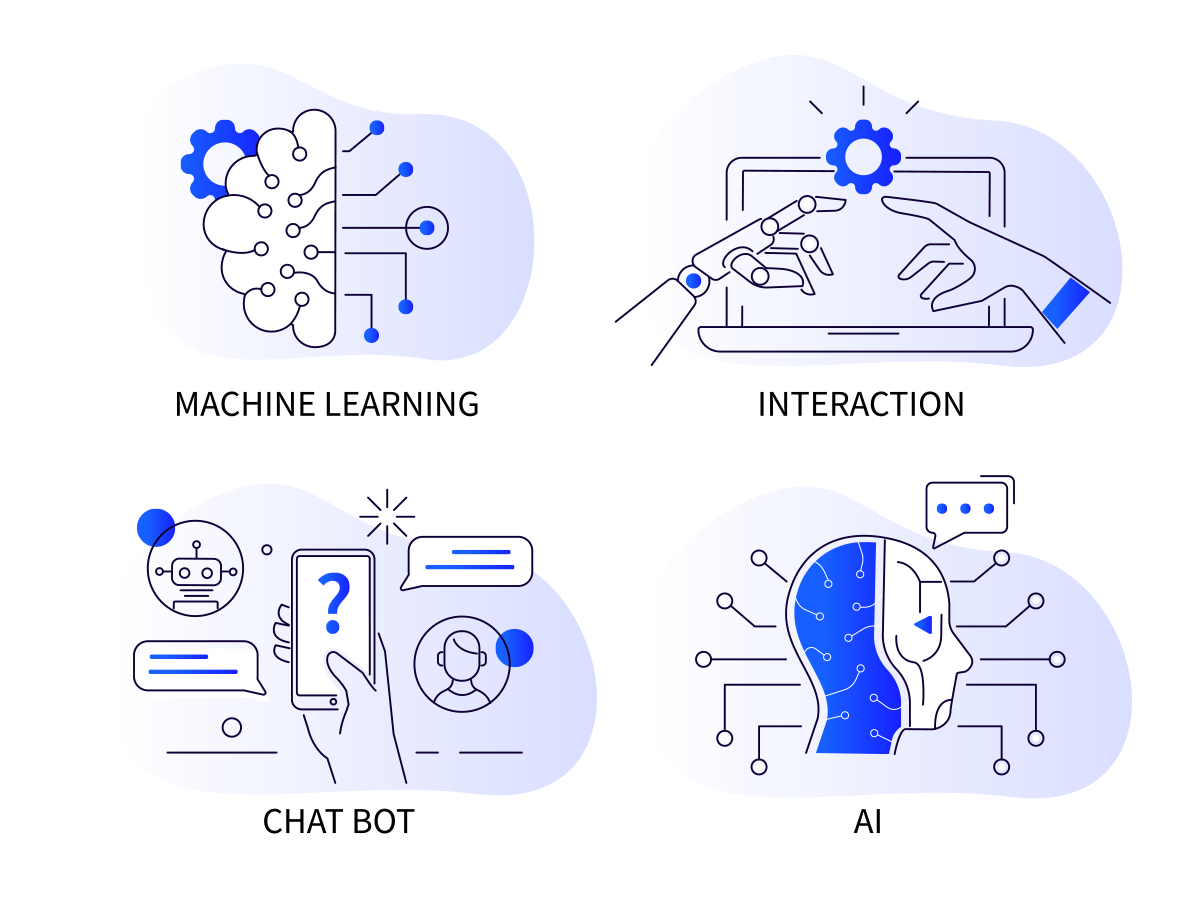
Learning Lines
I have a muse who is an Actor and he remarked to me how easily juvenile performers seem to learn their lines from scripts for TV, Film and Stage productions.
'The young actors I have worked with seem to get hold of the script and just read through their lines a few times before committing their lines to memory. They read through their lines and perhaps say them quietly to themselves several times prior to running their lines in rehearsals with the other actors in the scene. They display no apparent difficulty remembering lines or knowing the cues for their next lines.
On the other hand, as an older performer, I sit with a script and read the lines repetitively until I get a general idea of what my character must say. I then record my lines and the lines of the other characters in the scene on audio equipment and listen to them until I can say my lines out loud accurately and simultaneously with the recorded lines. While listening to the recording, I also practice coming in with my lines on the correct cues of the lines of the other characters in the scene.
The next step is for me to try and write out my lines in longhand with a pen and paper, followed by checking my accuracy against the lines in the printed script.
I then try moving while saying the lines out loud, as though I am in the actual scene, using the objects and props I may be required to handle onstage, such as a coffee mug or hammer etc; or in the case of a film scene, perhaps while driving a car, dining or shopping. I use context to assist me in learning my lines, although people sometimes look at me strangely when I do this in public.
And finally, to thoroughly learn my lines, especially longer speeches, I jog around an oval, setting up a running rhythm that is comfortable and then try to remember and voice all my lines out loud during the physical effort of running.
Unlike the young actors with whom I have worked, I cannot fully learn or memorise my lines simply by looking at the script and saying the lines in my head or quietly to myself a few times. I have to combine traditional visual and auditory line-learning methods with physical methods.'
Learning is Contextual
Learning is contextual and even for an individual who has identified a preferred learning method or style for one situation, this method may not be the most effective way of learning in a different context.

For instance, an individual training as a surgeon in the medical field may have a very good memory for retaining information from text books and lectures, based on their visual, auditory and cognitive learning skills; however, when applying the 'theoretical' knowledge of anatomy and surgery to the practical situation of having to perform an operation, kinesthetic and tactile learning may be important i.e. the touch and feel required in the use of surgical instruments on a human body.
Likewise, while many insights may be gained from watching videos of yoga or martial arts exercises and training, the visual and auditory learning that takes place will probably be enhanced by kinesthetic and tactile learning through physically attempting these activities.
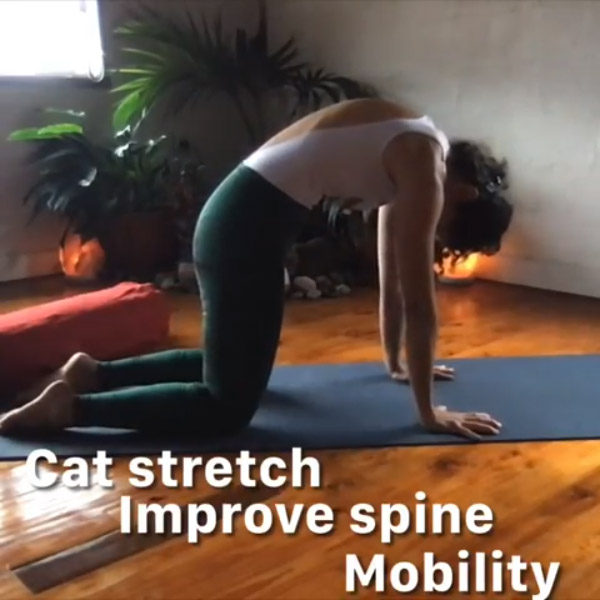
Learning in a Yoga class Gold Coast
Learning and Disability
Learning with a disability presents specific challenges for instructors and learners.
However, some learning styles aimed at those with a disability are at times misdirected because they are based on assumptions rather than facts.
For instance, people who have a hearing loss are either pre-lingually deafened or post-lingually deafened. People who are pre-lingually deafened have lost their hearing before they acquired language. People who are post-lingually deafened acquired their hearing loss after they acquired language. For each group the impact of the hearing loss and the degree of deafness will vary as will the most effective learning style.
Although deaf students depend on vision more than their hearing peers regardless of whether they use sign or spoken language, there is no evidence to indicate that they are more likely to be visual learners or to be better visual learners than hearing individuals.
...the notion of deaf students being visual learners is sometimes equated with their reliance on sign language as opposed to spoken language. Learning via sign language, however, is a verbal skill, as is reading, even if it depends on vision rather than voice. A preference for sign over speech as the language of instruction thus is not sufficient to make someone a visual learner. Further, despite the knowledge difficulties of deaf students in reading (e.g. Qi & Mitchell, 2012), recent studies have shown deaf students from 12 years old through university age to learn no more from sign language than they do from text[s].
Students with a hearing loss may also need to use assistive technology to participate in class; For example, any videos or films used should, where possible, be captioned.
Assistive technology can also be a laptop where software such as Skype can be used to deliver Auslan interpreters or captioning. For some learners with hearing loss, assistive technology will be in the form of listening devices. For others, it will be a combination of technologies that include both listening devices and computer based software.
We should ensure that any background noise in the learning space or classroom is minimised for those using assistive hearing technologies.
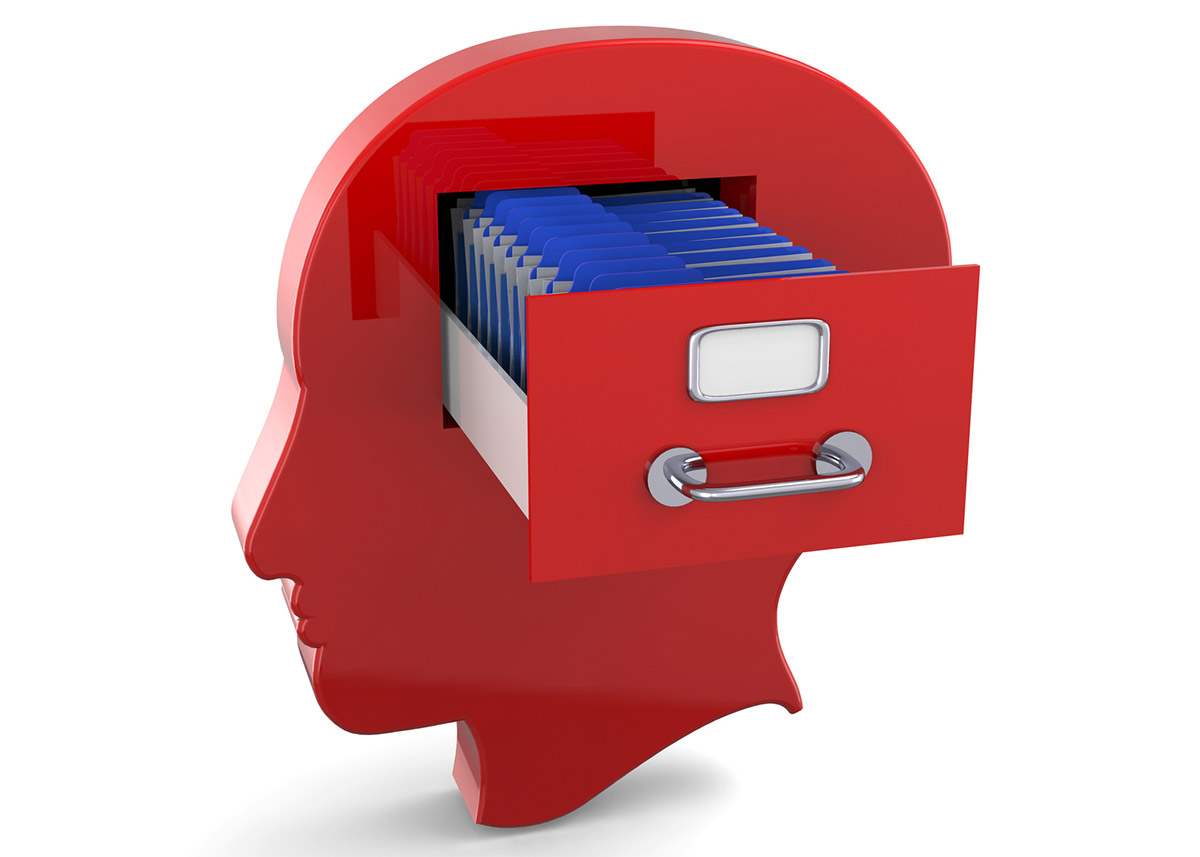
Learning - Final Words
My actor muse left me with some final words about learning:
'It's as if my hard-drive in my brain is full of information and overloaded with all the things I have learned throughout my life. My Random Access Memory (RAM) needs an upgrade. Or at the very least, I need to de-fragment my brain and reorganise everything I already know so that I can access it more easily and at the same time create more hard-drive space to effectively and efficiently learn lines from a script, just like the young actors with whom I sometimes work.
I think I'll look to purchase an abacus to see if it satisfies my need to combine visual, tactile and kinesthetic learning accompanied by the pleasant 'click-clack' sound of moving the beads. I may even improve my mathematical and computing skills and in doing so, expand my memory in my hard drive.
It has been suggested that given the opportunity to experience appropriate learning styles, content and contexts, we will learn more in the first 8 years of our lives than we do for the entire rest of our lives.
So, if we are never too young to start learning, hopefully we are never too old to learn new ways of learning, even if that takes us back to some old ways of learning. I believe they call it Ancient Wisdom.'

The author in a solo performance of 'Fairweather Island'
Researched, Compiled, Composed and Written by Dr Steven Gration - July 2019 SEO Gold Coast
References and Sources
https://www.researchgate.net/publication/234057270_Learner_Characteristics
https://www.education.vic.gov.au/documents/childhood/professionals/support/egsls.pdf
https://www.llcc.edu/student-services/cas/helpful-handouts/characteristics-of-learning-styles-2/
https://child1st.com/blogs/resources/113559047-16-characteristics-of-kinesthetic-and-tactile-learners
https://www.adcet.edu.au/inclusive-teaching/specific-disabilities/deaf-hearing-impaired/
https://www.ncbi.nlm.nih.gov/pmc/articles/PMC3671598/
Browse Other Articles
The first site in Australia to list major brands of hearing aids and prices.